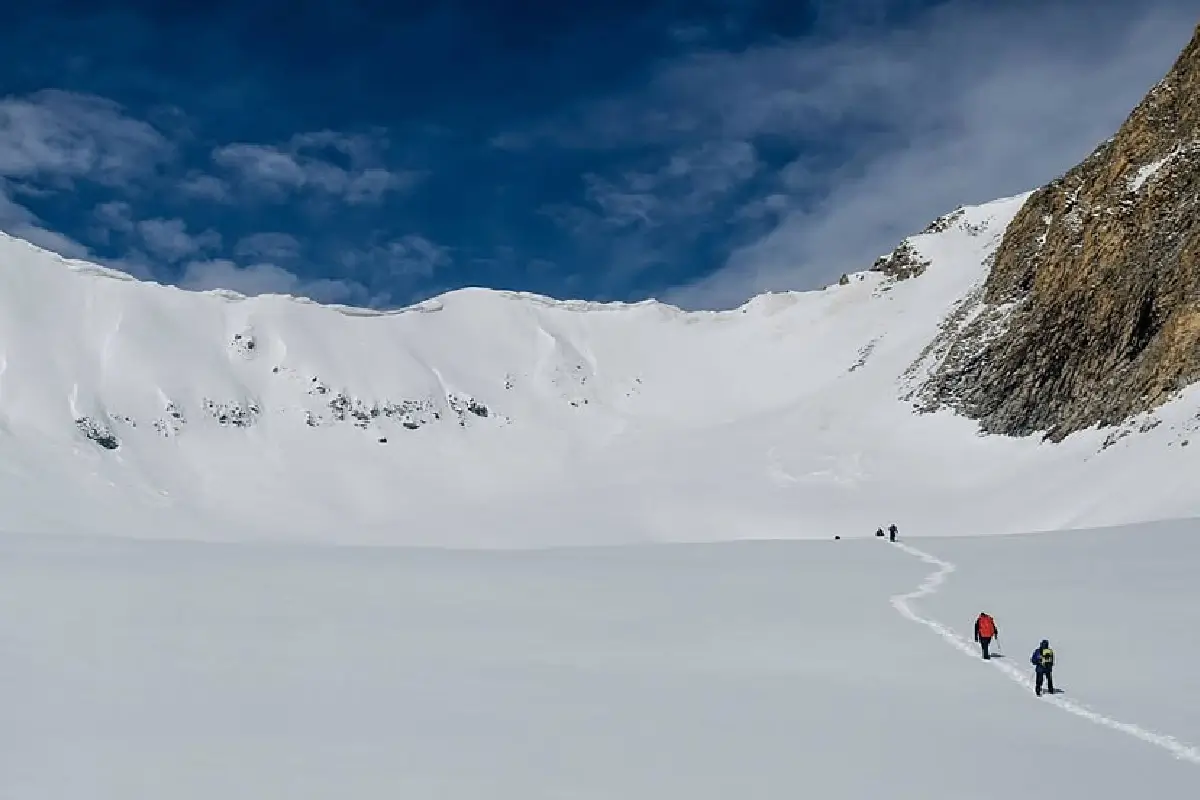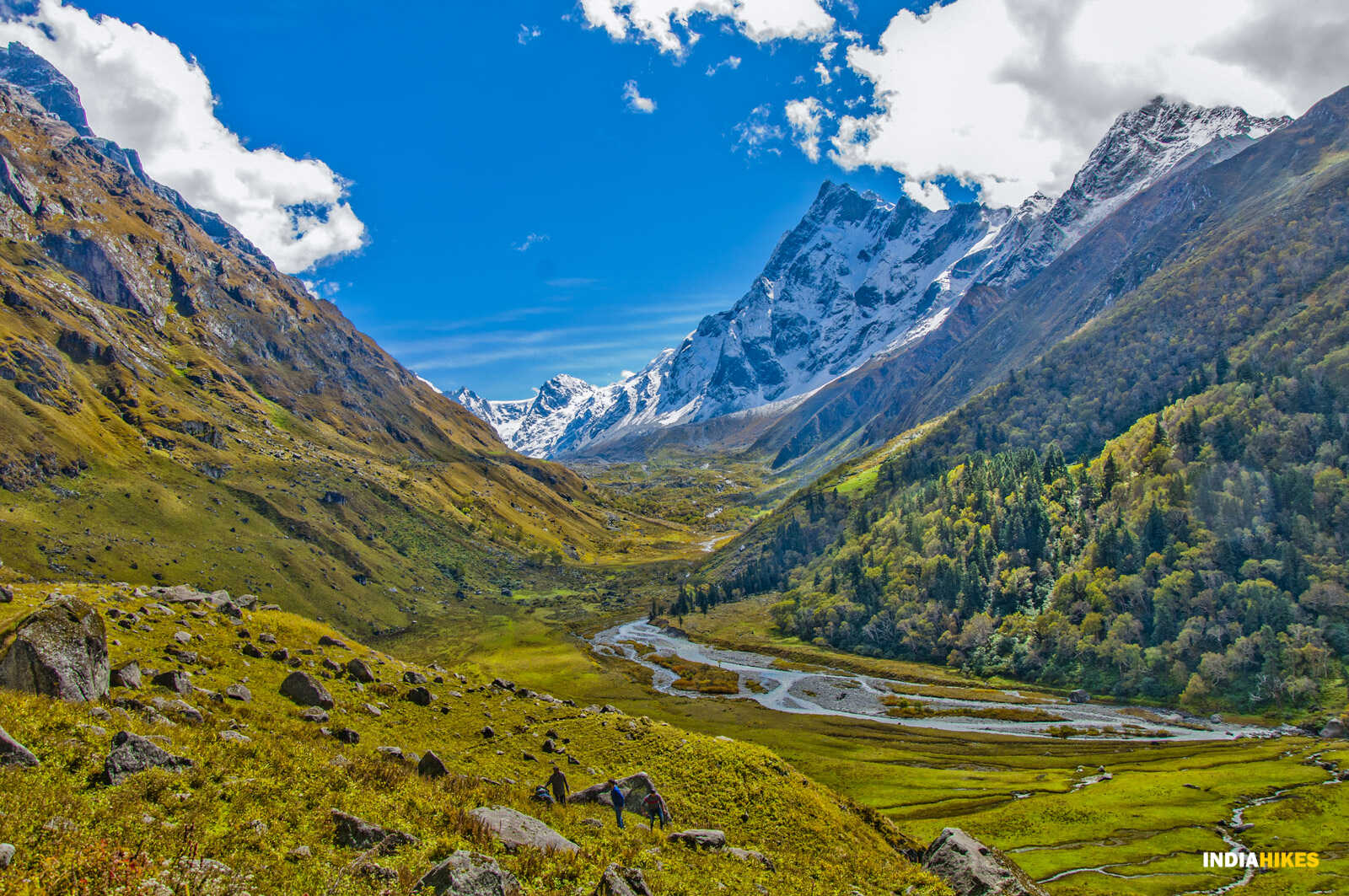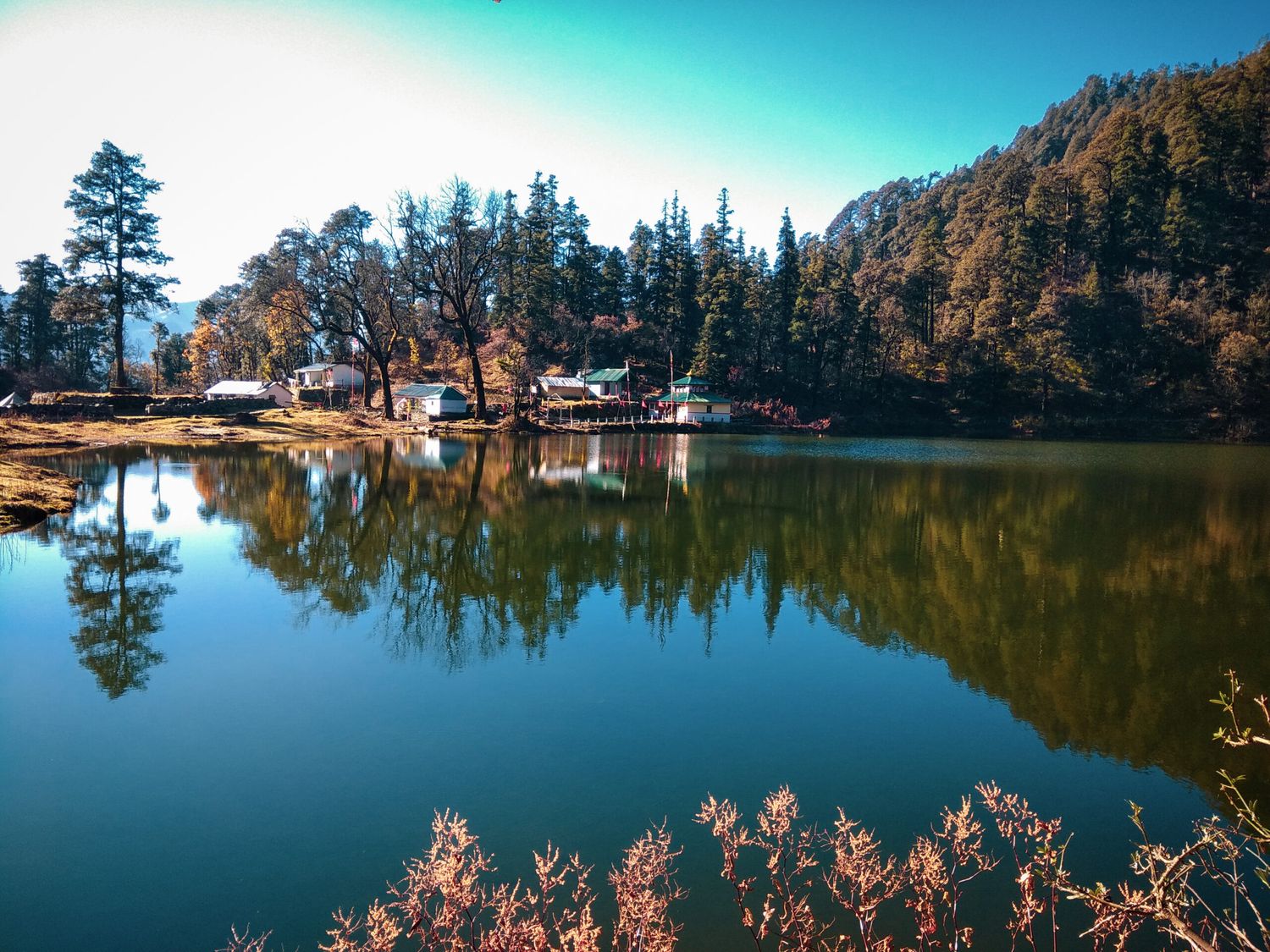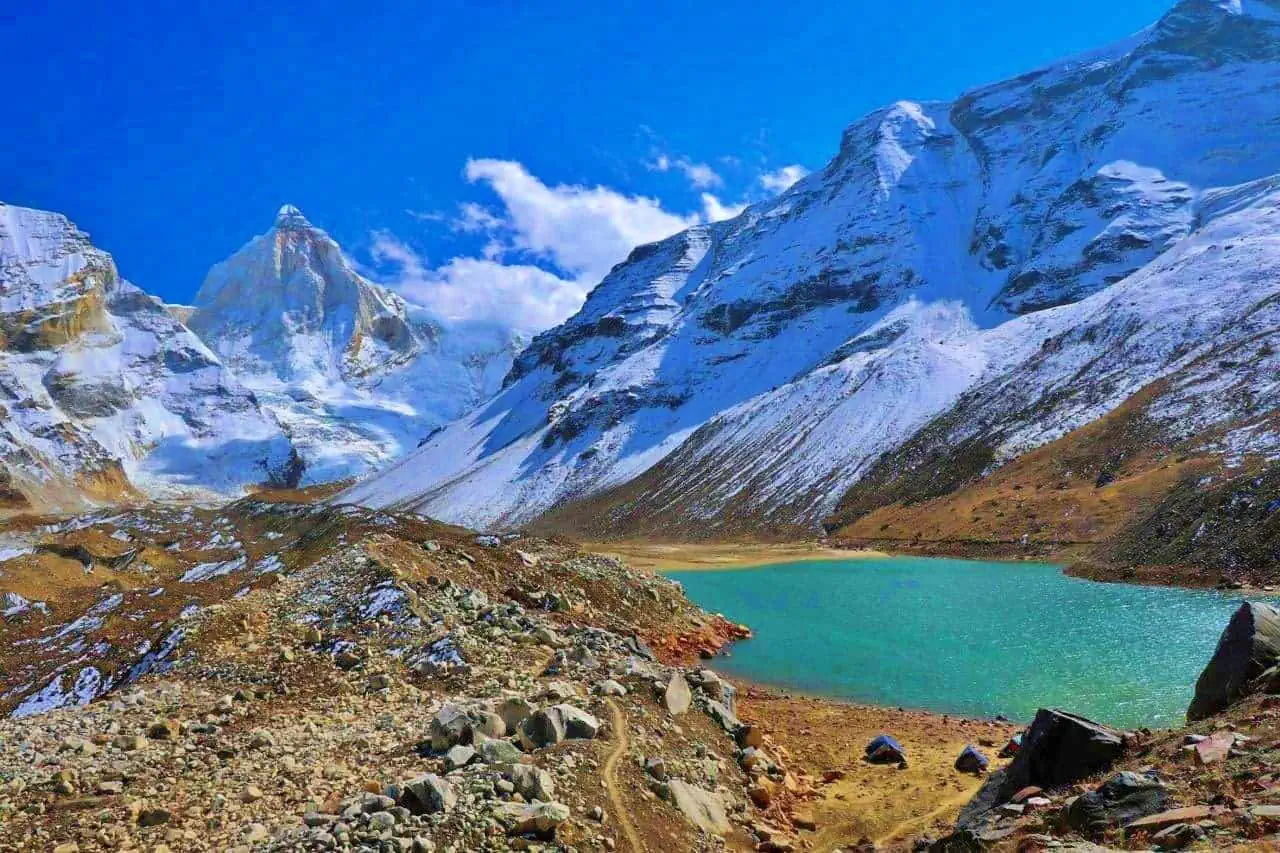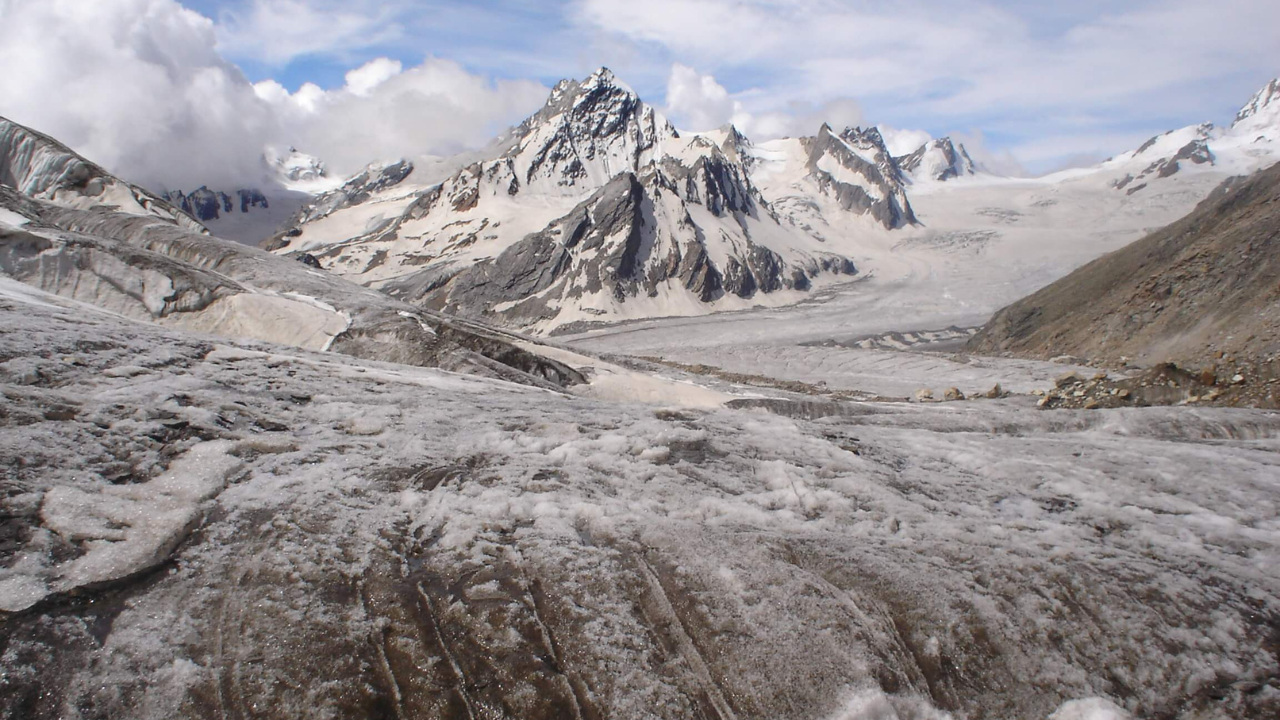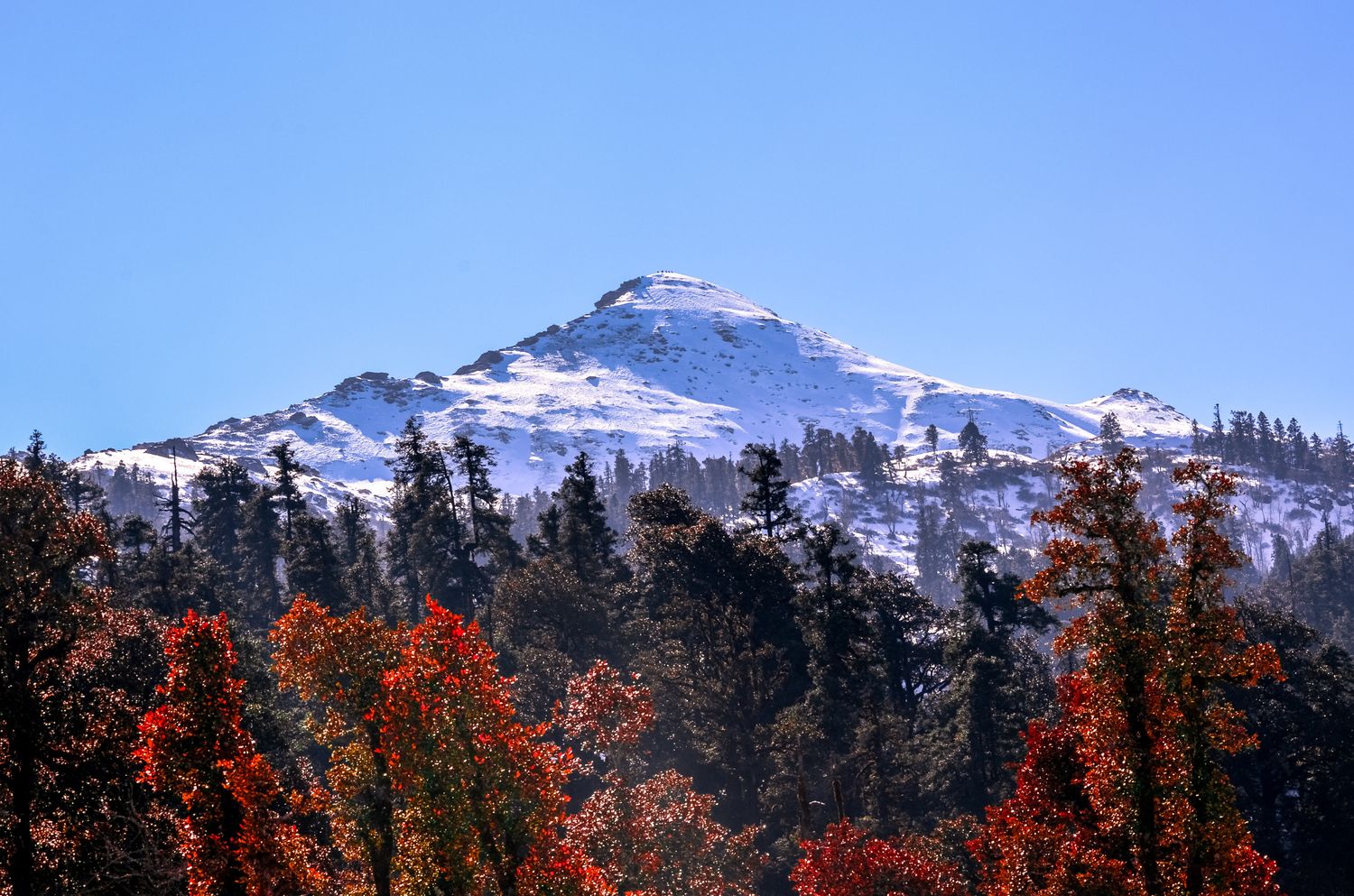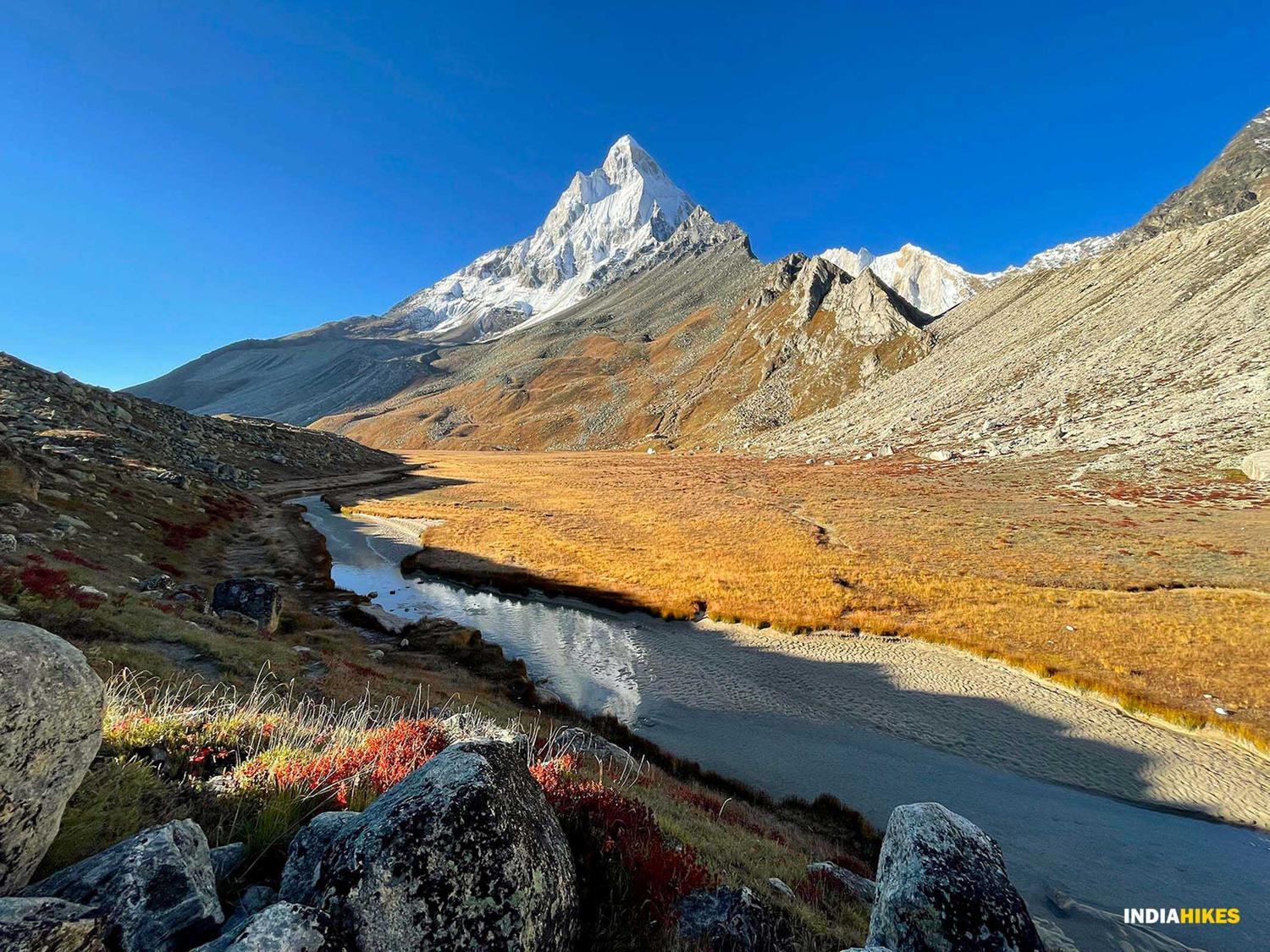Lamkhaga Pass Trek: Crossing the Himalayan Frontier
The Lamkhaga Pass Trek is one of the toughest and most thrilling high-altitude expeditions in the Indian Himalayas. Connecting the lush Harsil valley of Uttarakhand to the charming village of Chitkul in Himachal Pradesh, this trek demands endurance, courage, and preparation. At an altitude of 17,320 ft, trekkers cross glaciers, moraine ridges, snowfields, and remote Himalayan valleys, making it a dream expedition for seasoned trekkers.
Why Lamkhaga Pass is Special
Lamkhaga is not just a trek but an expedition that tests physical and mental strength. It’s an ancient trade route used by shepherds and villagers to connect remote valleys. Today, it offers an unmatched experience of transitioning landscapes — from dense pine forests and meadows in Uttarakhand to stark, barren, high-altitude terrain in Himachal’s Kinnaur region.
Scenic Highlights
- Crossing the snowbound Lamkhaga Pass at 17,320 ft
- Walking through Baspa Valley and the last village of Chitkul
- Stunning views of Ranglana, Black Peak, and Kinnauri ranges
- Camping in untouched alpine meadows and glacier basins
Challenges of the Trek
This trek is classified as difficult. It involves traversing glaciers, walking on moraine fields, unpredictable weather, and long days of walking. Acclimatization and strong fitness are crucial for completing this expedition safely.
